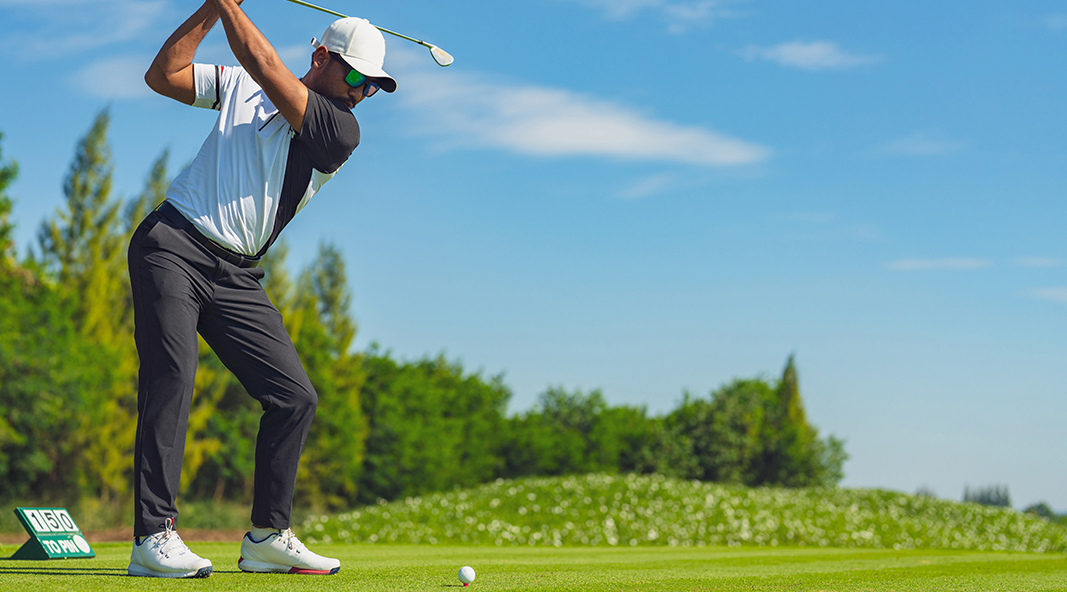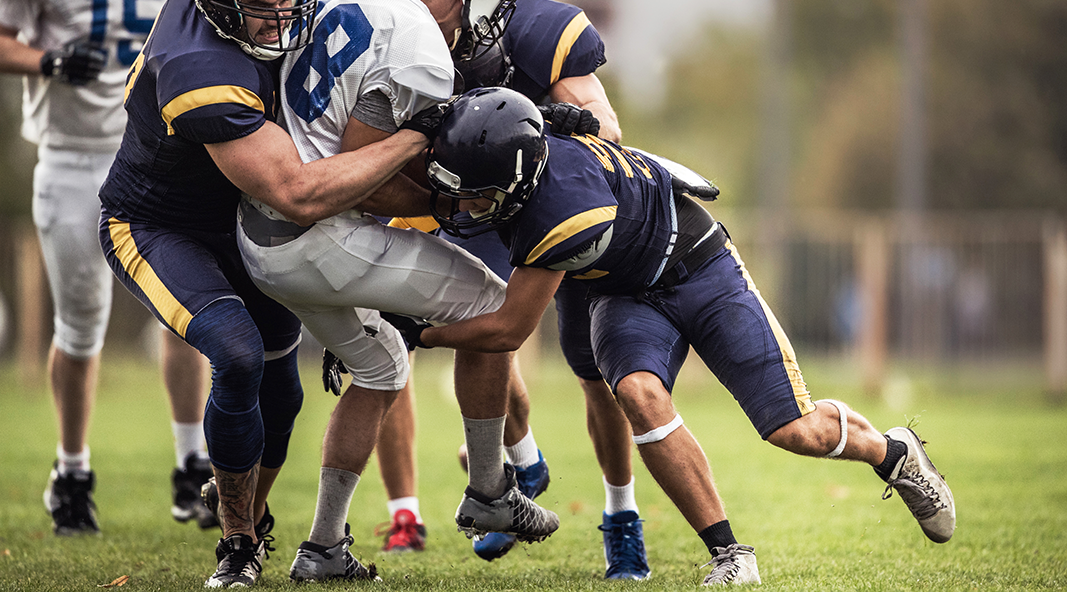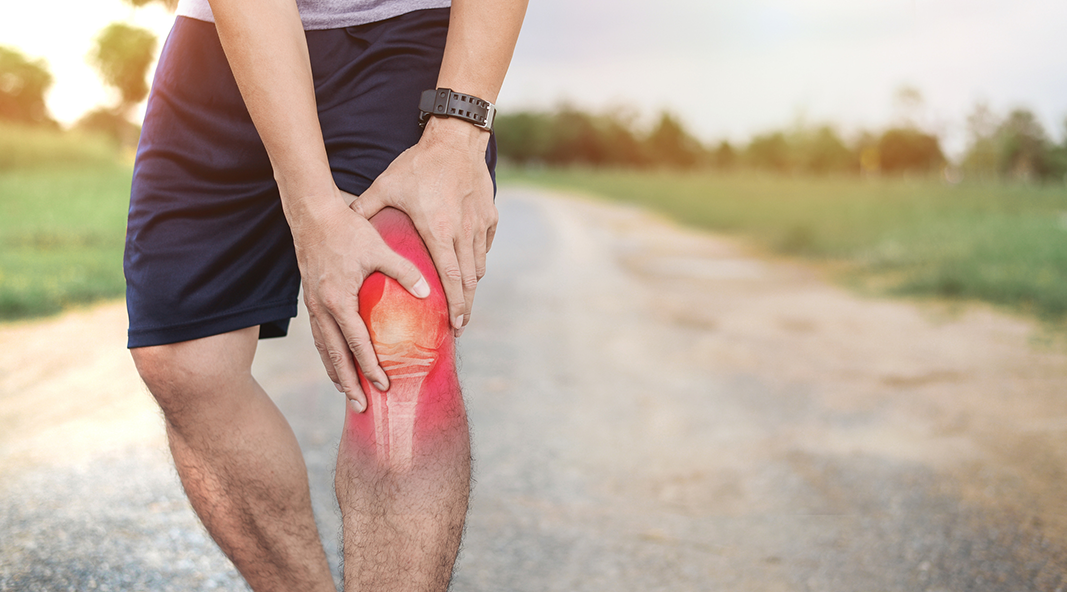Home » Knee Injury » Page 3
Posts in category: Knee Injury
Category: Knee Injury

- by Anz
MCL Reconstruction
The MCL (medial collateral ligament) is one of the four major restraints to the knee joint. Along with the anterior cruciate ligament (ACL), posterior cruciate ligament (PCL), and posterior lateral

- by Anz
Articular Cartilage Defect Surgery
Articular cartilage is a very important component of a healthy knee joint. It covers the ends of each of the bones and is what allows for a fluid, smooth, painless

- by Anz
Meniscus Repair and Partial Meniscectomy
Injury Overview Meniscus is a very important part of the knee joint. It is a type of cartilage that serves as a shock absorber within the knee since very high

- by Anz
PVNS
Injury Overview Pigmented villonodular synovitis, or PVNS, is a disease caused by the abnormal growth of the hip joint’s lining tissue, known as the synovium. Excessive growth of this tissue

- by Anz
Loose Bodies
Injury Overview Sometimes structures can become dislodged and mobile inside a joint. When this occurs these structures are called loose bodies. Loose bodies can be made of bone, cartilage, or

- by Anz
PCL Knee Injuries
Injury Overview The PCL, or posterior cruciate ligament, is located inside the knee joint towards the back (or posterior aspect) of the knee. It is responsible for keeping the bone

- by Anz
Multi-Ligament Knee Injuries
Injury Overview The knee is stabilized and is able to function properly because of four major ligaments which allow the knee to perform movements such as walking, pivoting, running, and

- by Anz
Knee Meniscus Injuries
Injury Overview The meniscus is a c-shaped cartilage that resides inside the knee joint. It is located between the cartilage ends of the femur and tibia and increases the surface

- by Anz
MCL Knee Injuries
Injury Overview The MCL is a ligament that links the shinbone (tibia) and thighbone (femur), and is located on the inner aspect of the knee. It is an extra-articular ligament

- by Anz
FCL/LCL Knee Injuries
Injury Overview There are four major restraints to the knee joint, including the anterior cruciate ligament (ACL), posterior cruciate ligament (PCL), medial collateral ligament (MCL), and posterior lateral complex (PLC).

- by Anz
MCL Reconstruction
The MCL (medial collateral ligament) is one of the four major restraints to the knee joint. Along with the anterior cruciate ligament (ACL), posterior cruciate ligament (PCL), and posterior lateral

- by Anz
Articular Cartilage Defect Surgery
Articular cartilage is a very important component of a healthy knee joint. It covers the ends of each of the bones and is what allows for a fluid, smooth, painless

- by Anz
Meniscus Repair and Partial Meniscectomy
Injury Overview Meniscus is a very important part of the knee joint. It is a type of cartilage that serves as a shock absorber within the knee since very high

- by Anz
PVNS
Injury Overview Pigmented villonodular synovitis, or PVNS, is a disease caused by the abnormal growth of the hip joint’s lining tissue, known as the synovium. Excessive growth of this tissue

- by Anz
Loose Bodies
Injury Overview Sometimes structures can become dislodged and mobile inside a joint. When this occurs these structures are called loose bodies. Loose bodies can be made of bone, cartilage, or

- by Anz
PCL Knee Injuries
Injury Overview The PCL, or posterior cruciate ligament, is located inside the knee joint towards the back (or posterior aspect) of the knee. It is responsible for keeping the bone

- by Anz
Multi-Ligament Knee Injuries
Injury Overview The knee is stabilized and is able to function properly because of four major ligaments which allow the knee to perform movements such as walking, pivoting, running, and

- by Anz
Knee Meniscus Injuries
Injury Overview The meniscus is a c-shaped cartilage that resides inside the knee joint. It is located between the cartilage ends of the femur and tibia and increases the surface

- by Anz
MCL Knee Injuries
Injury Overview The MCL is a ligament that links the shinbone (tibia) and thighbone (femur), and is located on the inner aspect of the knee. It is an extra-articular ligament

- by Anz
FCL/LCL Knee Injuries
Injury Overview There are four major restraints to the knee joint, including the anterior cruciate ligament (ACL), posterior cruciate ligament (PCL), medial collateral ligament (MCL), and posterior lateral complex (PLC).
